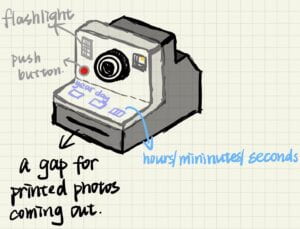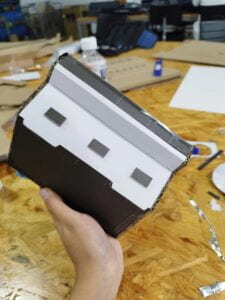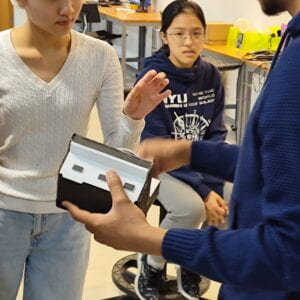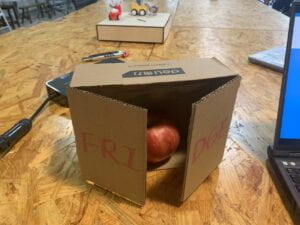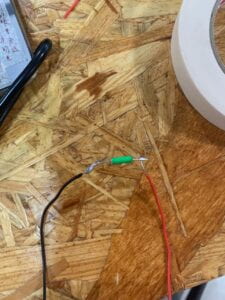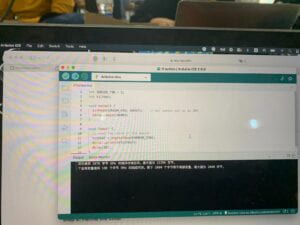1. this is the image I choose.

I choose this image because the lines are easy and there are many basic shapes in this image so it is easy for me to do my painting. another reason why I choose this is that I enjoyed Harry Potter very much and always want an owl of myself so I wanted to draw an owl to satisfy this wish.
2. I plan to first draw a triangle with two circles as the owl’s head and then another two circles as the eyes of the owl. I’m going to use a line and an arc to draw the owl’s wing and two arcs as the body of the owl. the tail will be using a triangle. the feet will be using a few lines. I lost my paper drawing so I couldn’t put it here. but here is my final version of the owl.

it is generally similar but the head is a bit different from the original painting. also, the eyes are not linked together and the mouth is a bit lopsided. in general, the head is not big enough. and the tail is not as beautiful as the original one.
I don’t think Processing is a good way of realizing my design. because it can only fill in the color with neat shapes, it can not fill in the color between lines where there’s no shape. also, it is difficult to adjust the shape so that the ends can meet. also, I first didn’t realize that you can input a negative angle in the brackets so I failed to make perfect shapes. also, I didn’t realize that you can only fill in colors within shapes so I fail to fill in colors as well. but I asked professor Rudi and solved the questions.
here is my code for the painting.
void setup() {
size(600, 600);
}
void draw() {
// Your drawing code goes here
background(41,88,14);
//noStroke();
line(325, 368, 341, 378);
line(341, 378, 338, 386);
line(325, 368, 333, 380);
line(333, 380, 331, 390);
line(325, 368, 325, 381);
line(325, 381, 320, 389);
line(359, 351, 375, 362);
line(375, 362, 376, 369);
line(359, 351, 368, 365);
line(368, 365, 367, 370);
line(359, 351, 362, 367);
line(362, 367, 360, 371);
fill(147,110,65);
triangle(212,99,403,97,303,157);
fill(222,207,190);
arc(277, 275, 267, 200, PI/2, PI,OPEN);
arc(278, 235, 280, 280, -PI/5, PI/2,OPEN);
triangle(240,233,239,155,390,156);
triangle(240,156,300,157,266,135);
triangle(300,157,347,129,391,155);
fill(222,207,190);
stroke(222,207,190);
triangle(144,276,277,378,392,155);
fill(188,145,93);
arc(165, 193, 167, 167, -PI/4, PI/1.5,OPEN);
fill(175,173,173);
arc(234, 120, 67, 67, 0, PI+PI);
arc(380, 120, 67, 67, 0, PI+PI);
fill(98,85,70);
triangle(167, 86, 435, 86, 301, 120);
fill(147,110,65);
triangle(166,333,135,330,149,352);
fill(41,13,20);
ellipse(231, 125, 30, 30);
ellipse(378, 125, 30, 30);
println(mouseX, mouseY);
}







